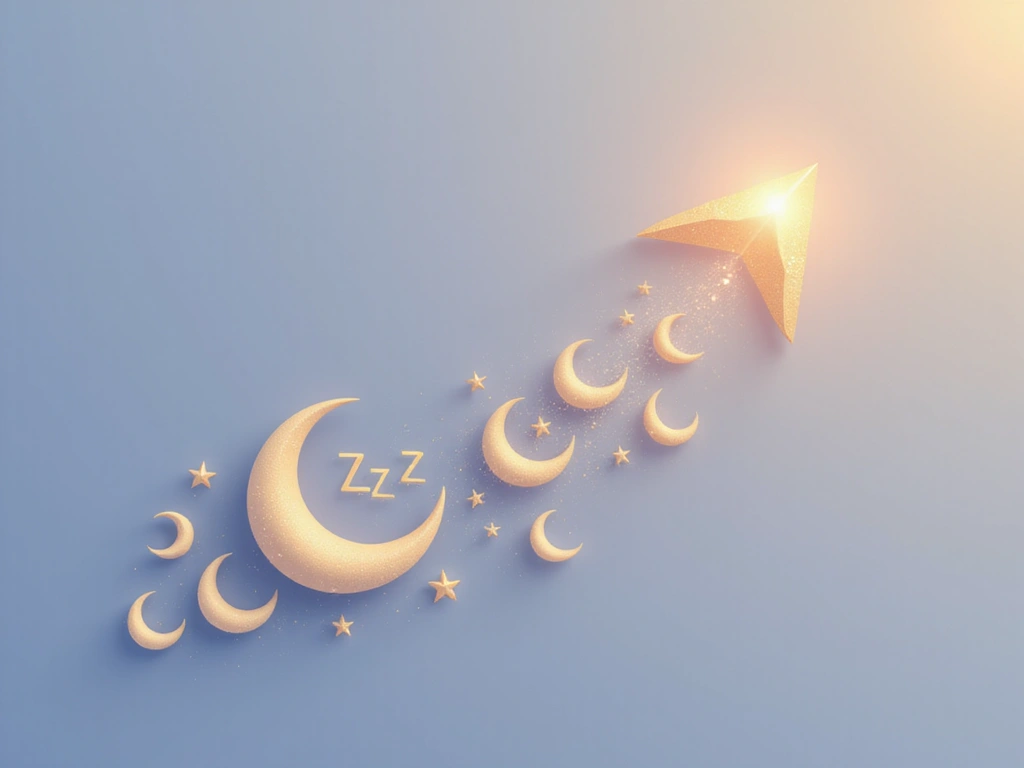Optimal Sleep Habits for Wellbeing
Unlock the Power of Restorative Sleep
Prioritizing sleep is fundamental for overall wellbeing and daily performance. These habits offer a diverse toolkit to optimize your sleep, drawing from scientific research and cultural practices. From establishing consistent routines to creating an ideal sleep environment, these techniques are designed to improve sleep quality and enhance your life.
Explore proven methods to transform your sleep, including optimizing your sleep environment, adjusting your pre-sleep routine, and even considering alternative sleep patterns. Whether you seek to enhance productivity or simply improve your health, these habits provide actionable steps to achieve more restful and restorative sleep.
- Scientifically Validated Techniques
- Culturally Inspired Practices
- Focus on Sleep Environment Optimization
- Routine and Pre-Sleep Activity Adjustments
- Actionable Steps for Better Sleep
"Transform your nights and revitalize your days by embracing these powerful sleep habits."
Filter Habits
 Sleep's Habit Sets
Sleep's Habit Sets
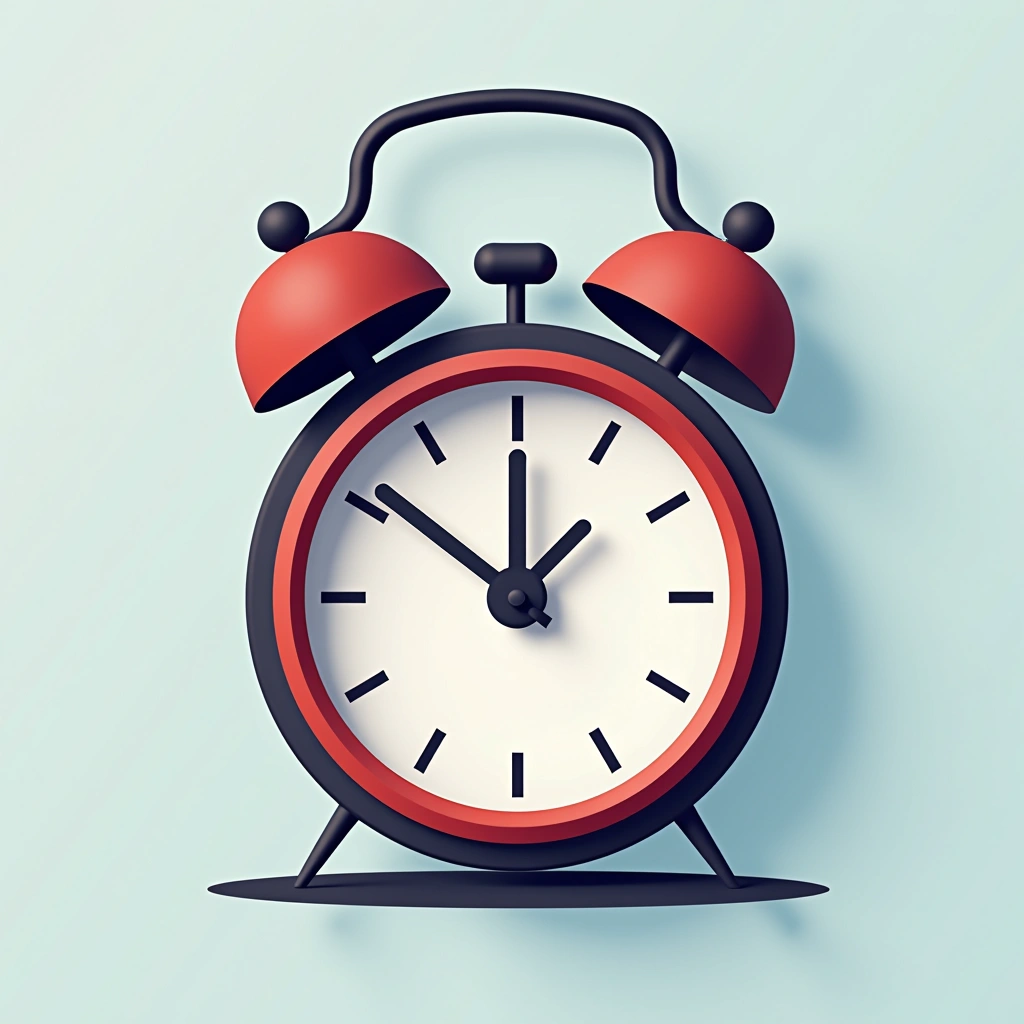
Practice Polyphasic Sleep
Take short 20-minute power naps at regular intervals throughout the day instead of one long sleep at night. This creates a total of only 2 hours of sleep in a 24-hour period, potentially maximizing productive waking hours.
Why This Matters
Leonardo Da Vinci followed this extreme sleeping pattern to gain more time for his creative and scientific pursuits. By adopting the Uberman sleep cycle, he managed to significantly increase his waking hours while still allowing his brain to get necessary rest.

Adopt Biphasic Sleep
Sleep for five hours at night and supplement with a two-hour nap in the late afternoon. This biphasic approach splits sleep into two distinct periods within a 24-hour cycle.
Why This Matters
Winston Churchill maintained this sleep schedule during his time in office as Prime Minister of the United Kingdom. He claimed this pattern allowed him to get one and a half day's worth of work out of every 24 hours, helping him maintain his productivity during demanding wartime leadership.
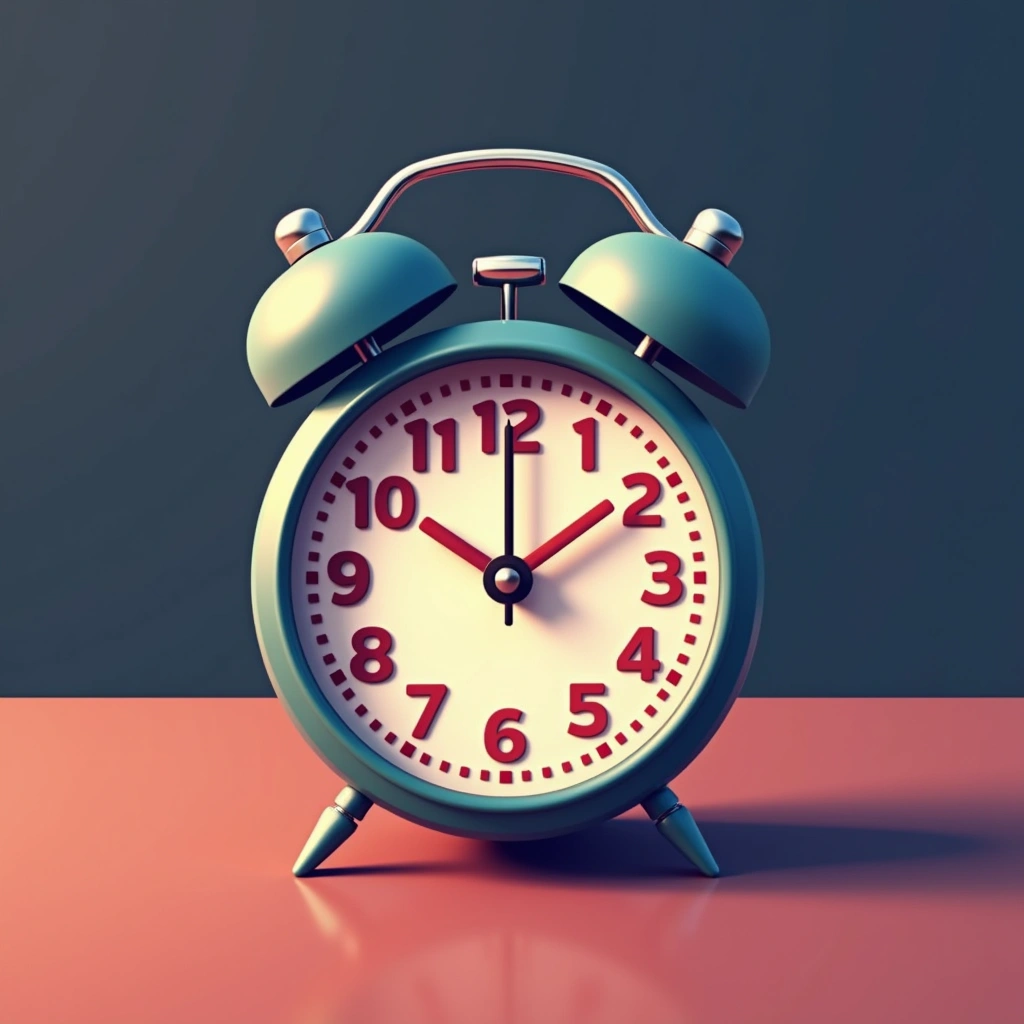
Minimize Sleep Hours
Sleep for only three hours per night, rising at 4 AM to begin the workday. This approach maximizes waking hours but requires adaptation to function with significantly less sleep than average.
Why This Matters
Donald Trump attributes his success to this minimal sleep schedule, which he believes gives him a competitive edge. By sleeping only three hours nightly, he creates additional time for work and productivity while his competitors are still sleeping.
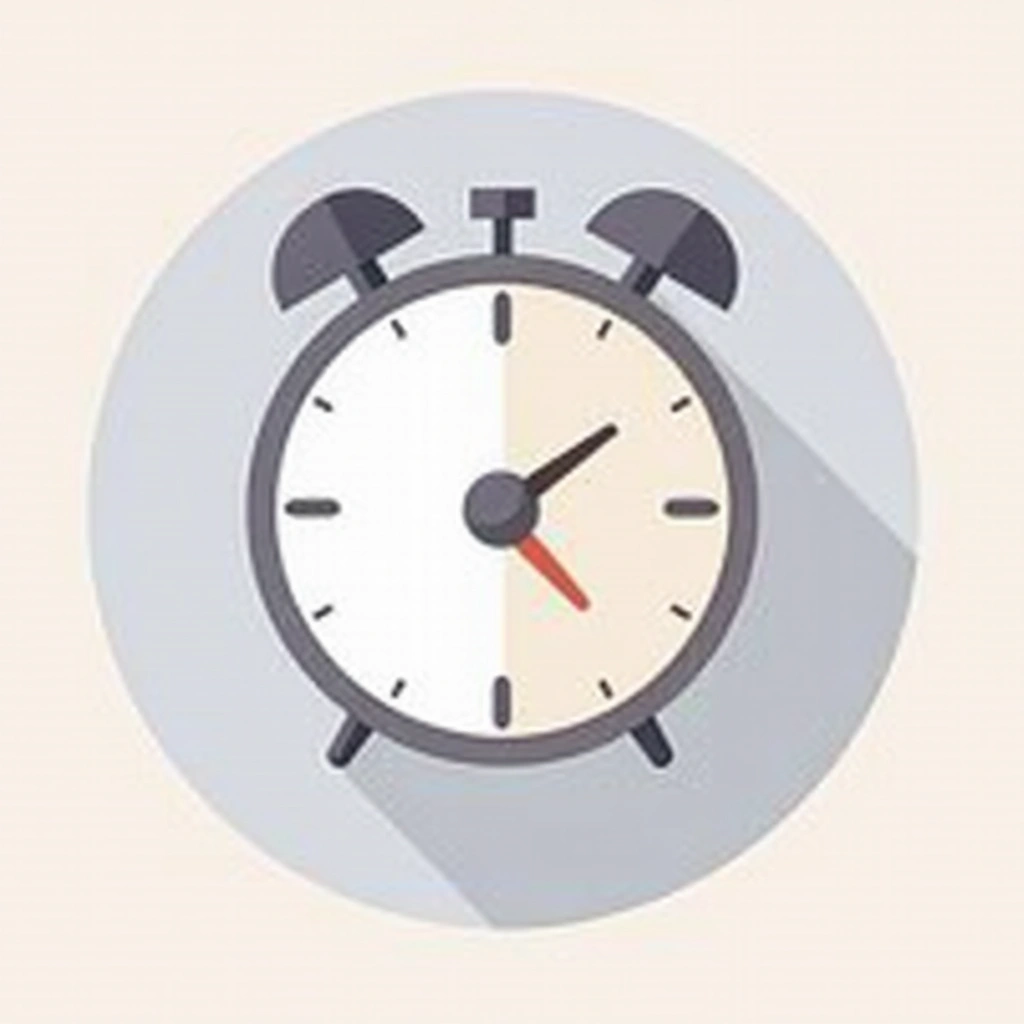
Maintain Consistent Schedule
Go to bed and wake up at the same time every day, including weekends and days off. This regular pattern reinforces your body's natural sleep-wake cycle and improves overall sleep quality.
Why This Matters
Sleep experts consistently recommend this habit as foundational for good sleep hygiene. A regular sleep schedule helps train your body to naturally feel tired and awake at optimal times, reducing insomnia and improving daytime alertness.

Establish Bedtime Ritual
Perform the same relaxing activities each night before sleep, such as reading, listening to soft music, or taking a warm bath. These consistent pre-sleep activities signal to your body that it's time to wind down.
Why This Matters
Sleep experts recommend bedtime rituals as they create powerful mental associations between specific activities and sleep. Regular rituals trigger your brain to start producing melatonin and prepare your body for rest, making falling asleep easier and more natural.

Exercise Regularly, Early
Incorporate regular physical activity into your daily routine, but complete strenuous exercise at least 2-4 hours before bedtime. Regular exercise promotes deeper sleep while the proper timing prevents sleep disruption.
Why This Matters
Health experts recommend regular exercise for better sleep quality as it helps regulate your circadian rhythm and reduces stress. Morning exercise particularly benefits sleep as it raises body temperature during the day, allowing for the natural cooling that facilitates sleep at night.

Limit Evening Caffeine
Avoid consuming caffeine from coffee, tea, chocolate, and sodas in the afternoon and evening hours. Caffeine can remain active in your system for 6-8 hours after consumption, disrupting your ability to fall asleep.
Why This Matters
Sleep specialists advise against evening caffeine consumption because it blocks adenosine receptors in the brain that normally promote sleepiness. By eliminating caffeine in the hours before bedtime, you allow your natural sleep hormones to function properly, improving both sleep onset and quality.
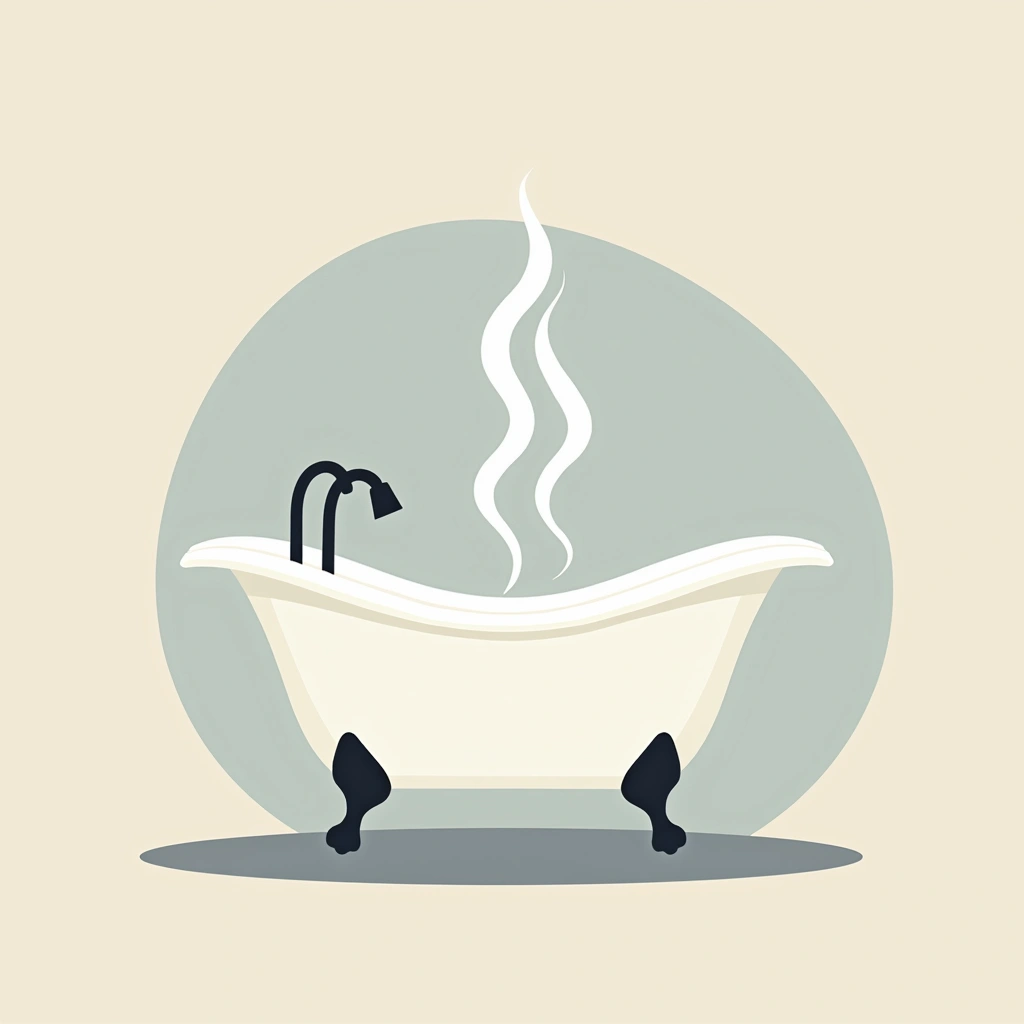
Take Pre-Sleep Bath
Have a hot bath 1-2 hours before your intended bedtime to naturally induce sleepiness. The warm water raises your body temperature, and the subsequent cooling effect triggers your body's sleep mechanism.
Why This Matters
Research shows that the drop in body temperature after leaving a warm bath mimics the natural temperature drop that occurs during the onset of sleep. This temperature fluctuation helps signal to your brain that it's time to sleep, making this a science-backed method for improving sleep onset.
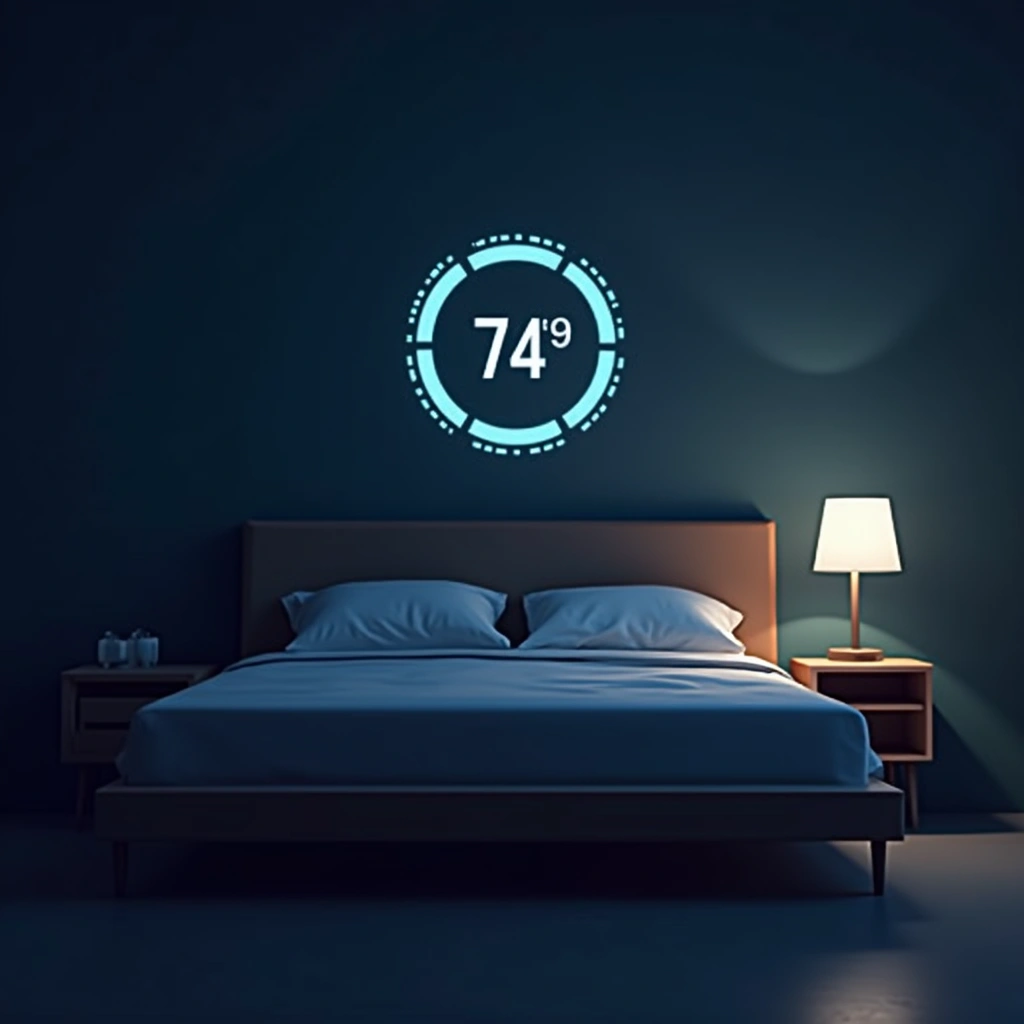
Optimize Sleep Environment
Maintain a cool room temperature (around 65°F/18°C) and use blackout curtains or an eye mask to ensure complete darkness. These environmental factors significantly improve sleep quality by supporting your body's natural sleep processes.
Why This Matters
Sleep scientists have found that cooler temperatures and darkness are essential for proper melatonin production and maintaining sleep cycles. Your body naturally lowers its core temperature during sleep, and a cool room facilitates this process while darkness ensures maximum melatonin production.
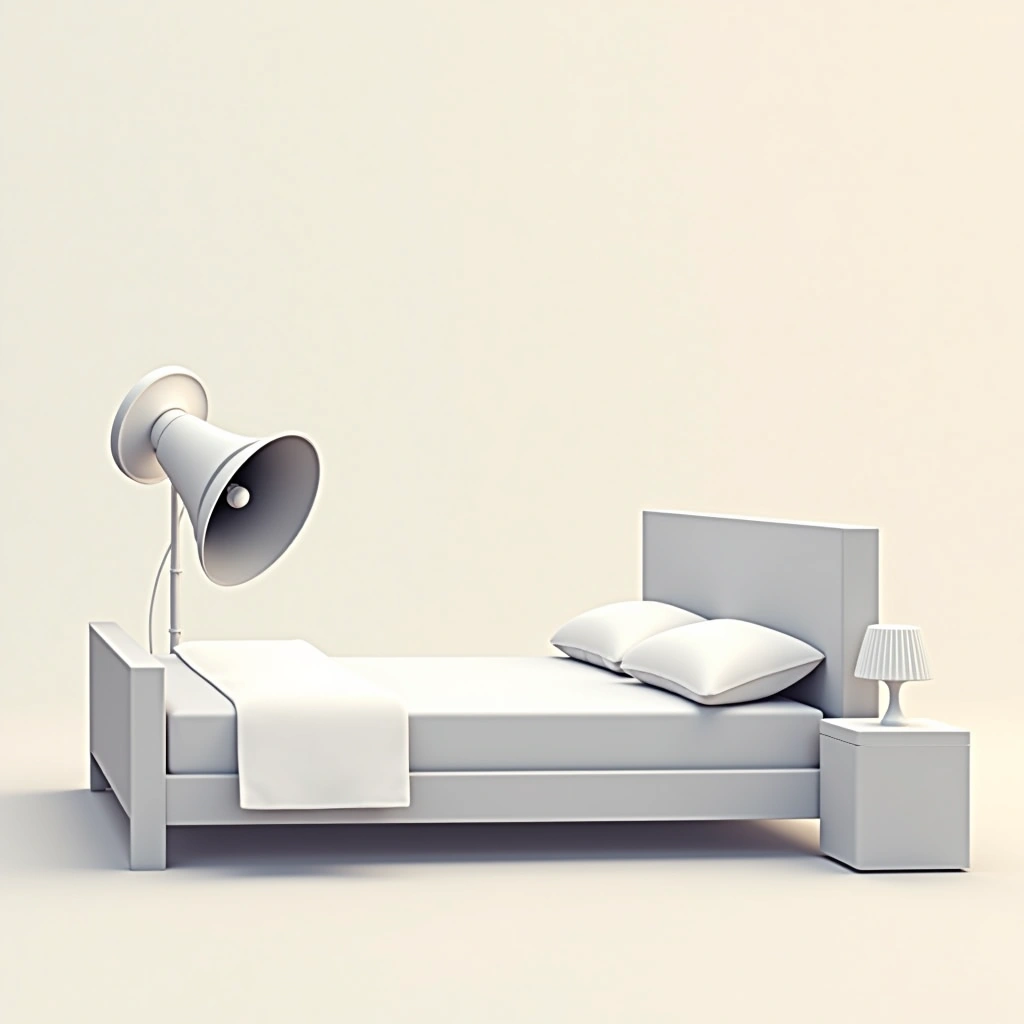
Manage Sleep Acoustics
Use earplugs, white noise machines, or fans to mask disruptive sounds during sleep. Creating a consistent sound environment helps prevent awakenings from unpredictable noises and improves sleep continuity.
Why This Matters
Sleep researchers have found that unexpected noises are more disruptive to sleep than consistent background sounds. By creating a controlled sound environment, you protect your brain from processing new auditory stimuli during sleep, leading to fewer disruptions and more restful nights.
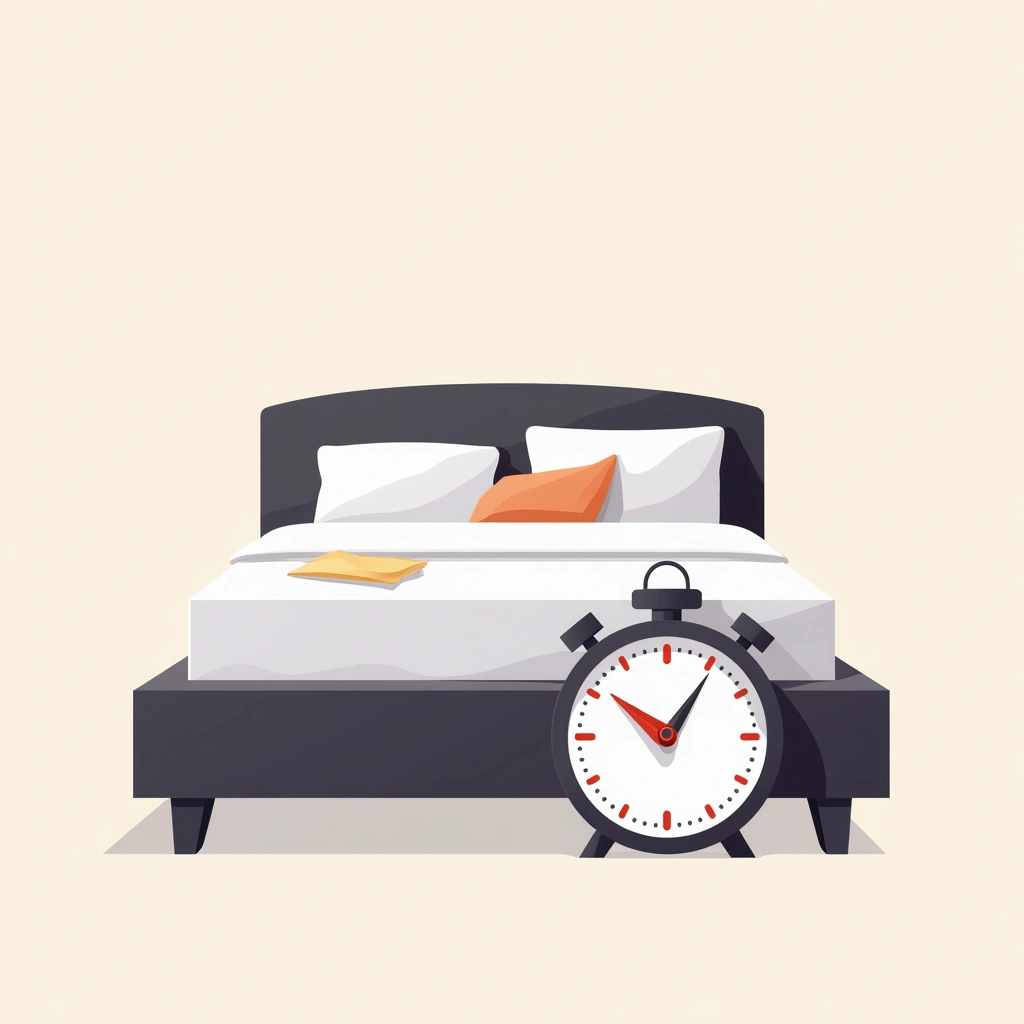
Limit Bed Time
Reserve your bed only for sleep and intimacy, limiting your time in bed to just the hours you need for sleep. This approach increases sleep efficiency and strengthens the mental association between your bed and restful sleep.
Why This Matters
Sleep specialists recommend this technique as part of cognitive behavioral therapy for insomnia. By creating a stronger mental connection between your bed and actual sleep (rather than wakefulness), you condition your brain to fall asleep faster when in bed.
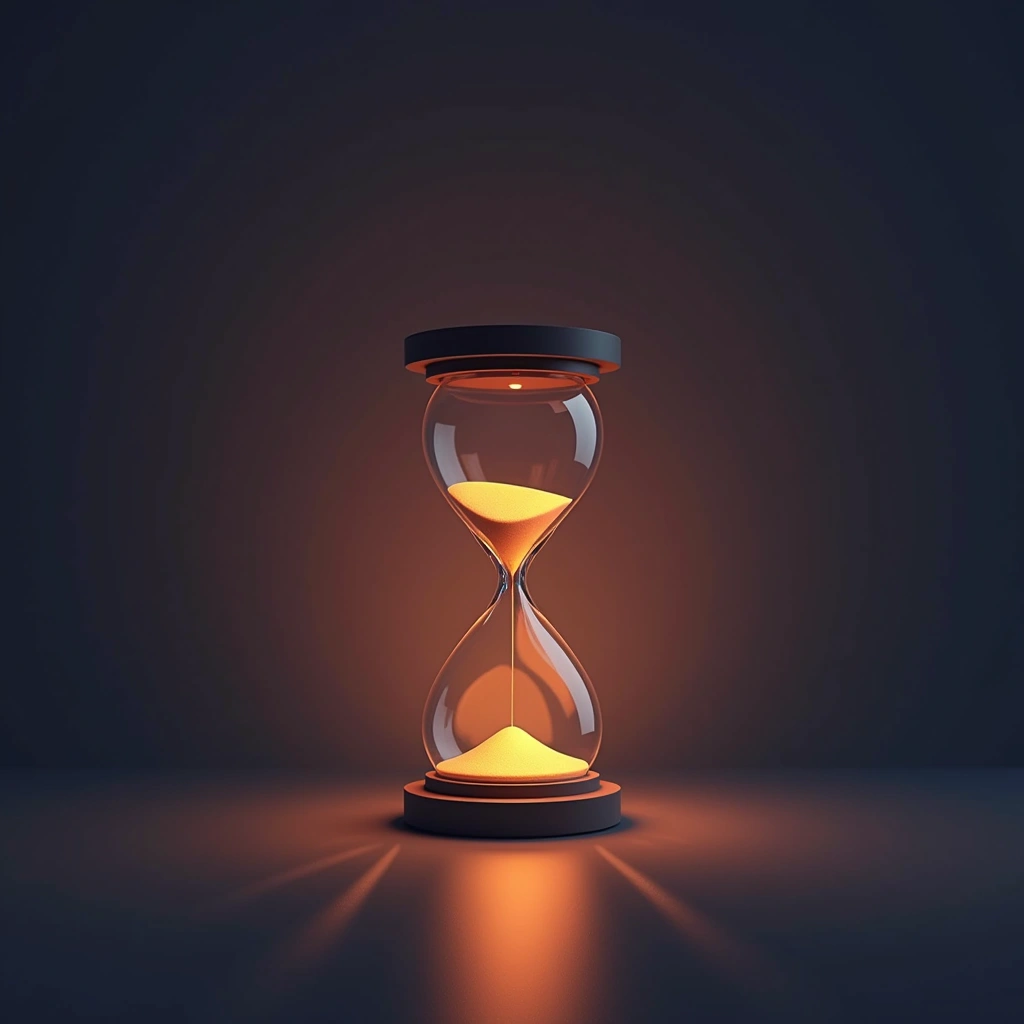
Create Wind-Down Hour
Dedicate the 60 minutes before bedtime to relaxing activities that prepare your body and mind for sleep. This transition period helps shift from daytime alertness to nighttime restfulness.
Why This Matters
Sleep scientists explain that our bodies need time to transition from wake to sleep mode, with the production of melatonin and lowering of core body temperature. Creating a dedicated wind-down period facilitates these physiological processes and reduces the stress hormone cortisol, making falling asleep easier.

Create Pre-Sleep Lists
Spend 15-30 minutes before bed writing down worries, concerns, or tasks for the next day. This practice transfers thoughts from your mind to paper, preventing middle-of-the-night rumination.
Why This Matters
Cognitive psychologists have found that unfinished tasks and unresolved concerns create cognitive tension that can disrupt sleep. By externalizing these thoughts through writing, you signal to your brain that these matters are handled, reducing the mental load that often leads to insomnia.

Apply 20-Minute Rule
If you haven't fallen asleep within 20 minutes, leave your bed and do something calming in dim light until you feel sleepy again. This prevents creating negative associations between your bed and wakefulness.
Why This Matters
Sleep specialists recommend this approach because staying in bed while awake can create a harmful association between your bed and insomnia. This technique, part of stimulus control therapy, helps maintain your bed as a strong cue for sleep rather than for wakefulness or frustration.
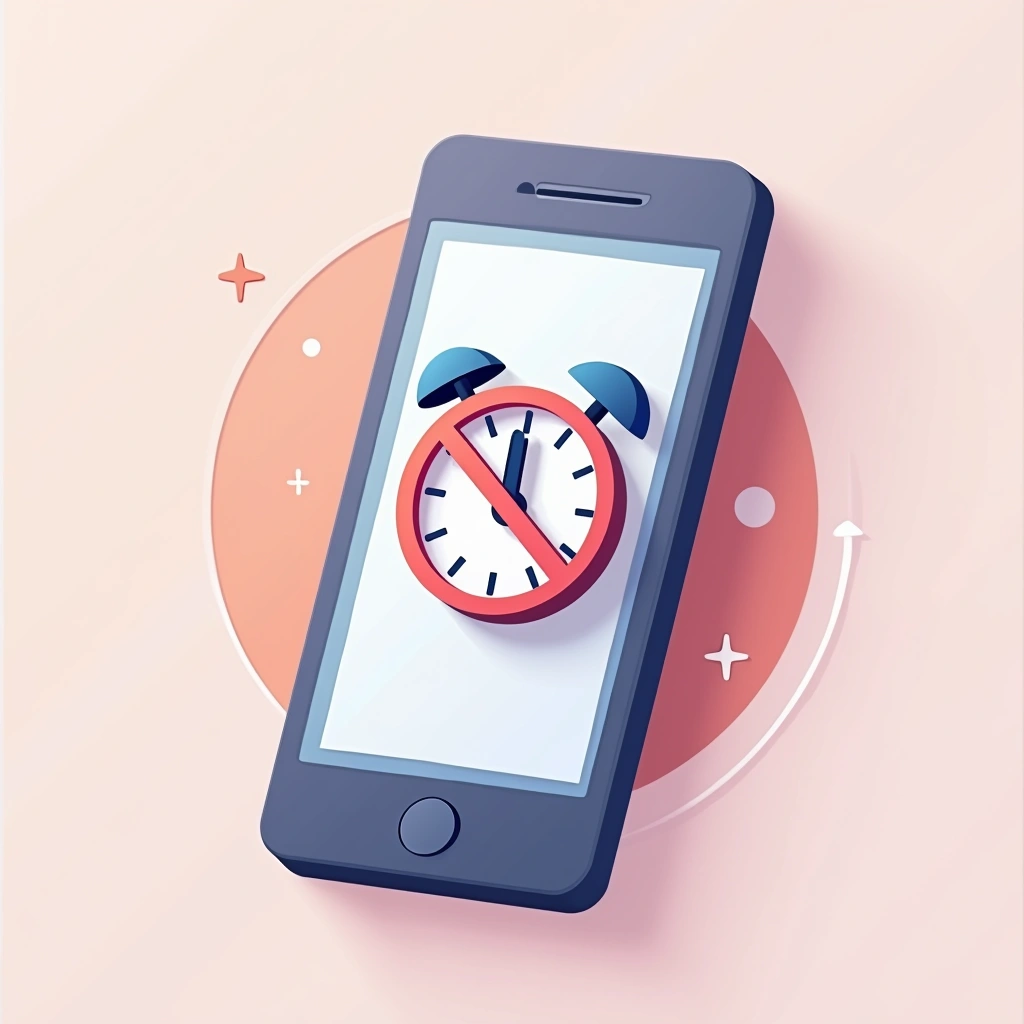
Ban Pre-Sleep Screens
Avoid using phones, tablets, computers, and TVs at least one hour before bedtime. These devices emit blue light that suppresses melatonin production and keeps your brain alert.
Why This Matters
Neuroscientists have demonstrated that blue light from electronic devices significantly delays the release of melatonin, the hormone essential for sleep onset. By eliminating screen exposure before bed, you allow your brain's natural sleep mechanisms to function properly, improving both the speed of falling asleep and overall sleep quality.
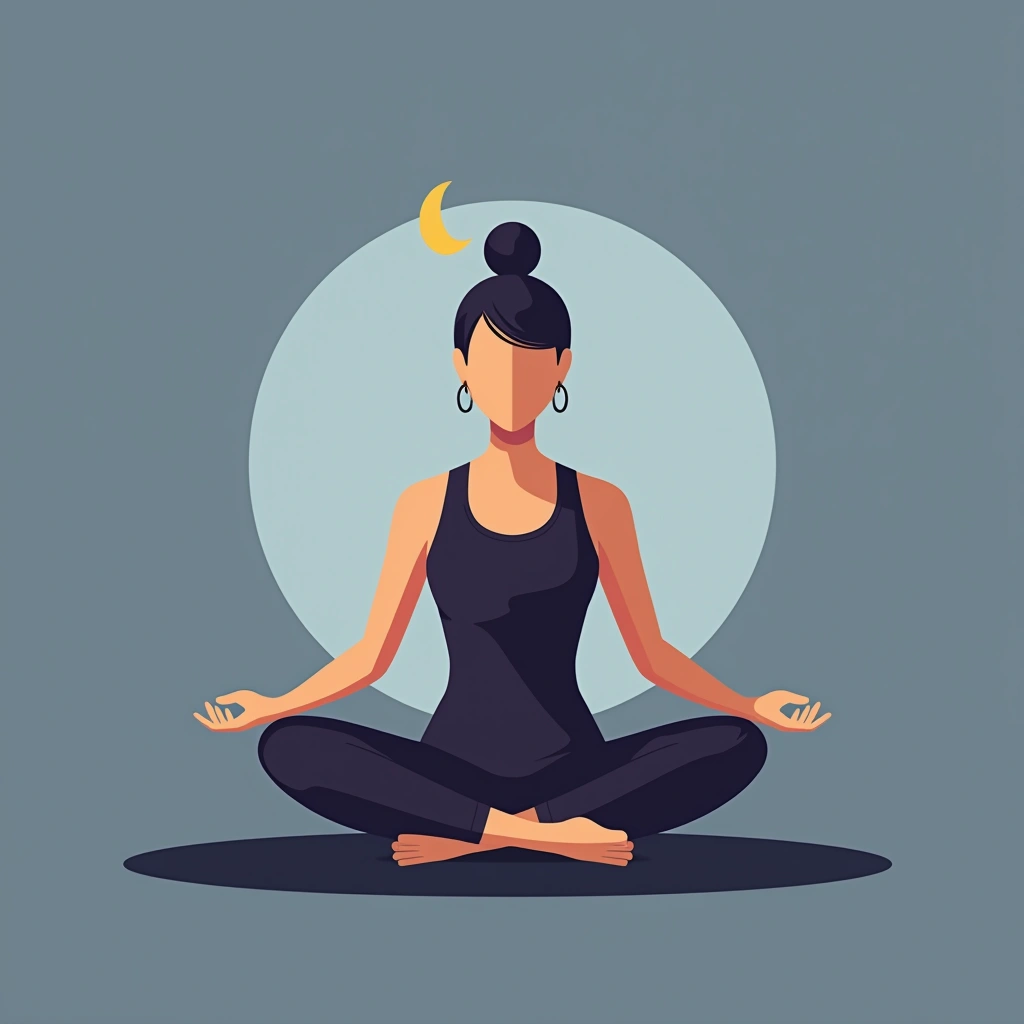
Practice Sleep Meditation
Incorporate guided meditation, deep breathing, or progressive muscle relaxation into your bedtime routine. These techniques activate your parasympathetic nervous system and quiet mental chatter that prevents sleep.
Why This Matters
Neurological research shows that meditation and relaxation techniques reduce activity in the sympathetic (fight-or-flight) nervous system while activating the parasympathetic (rest-and-digest) system. This physiological shift creates ideal conditions for sleep by lowering heart rate, blood pressure, and stress hormone levels.

Limit Evening Meals
Avoid heavy or large meals within 2-3 hours of bedtime, opting instead for a light snack if hungry. Heavy eating activates your digestive system, making it difficult for your body to transition to sleep mode.
Why This Matters
Gastroenterologists explain that digestion requires significant energy and raises your body temperature and metabolic rate, counteracting the natural drops needed for sleep onset. Additionally, lying down with a full stomach can cause acid reflux or discomfort that further disrupts sleep quality.
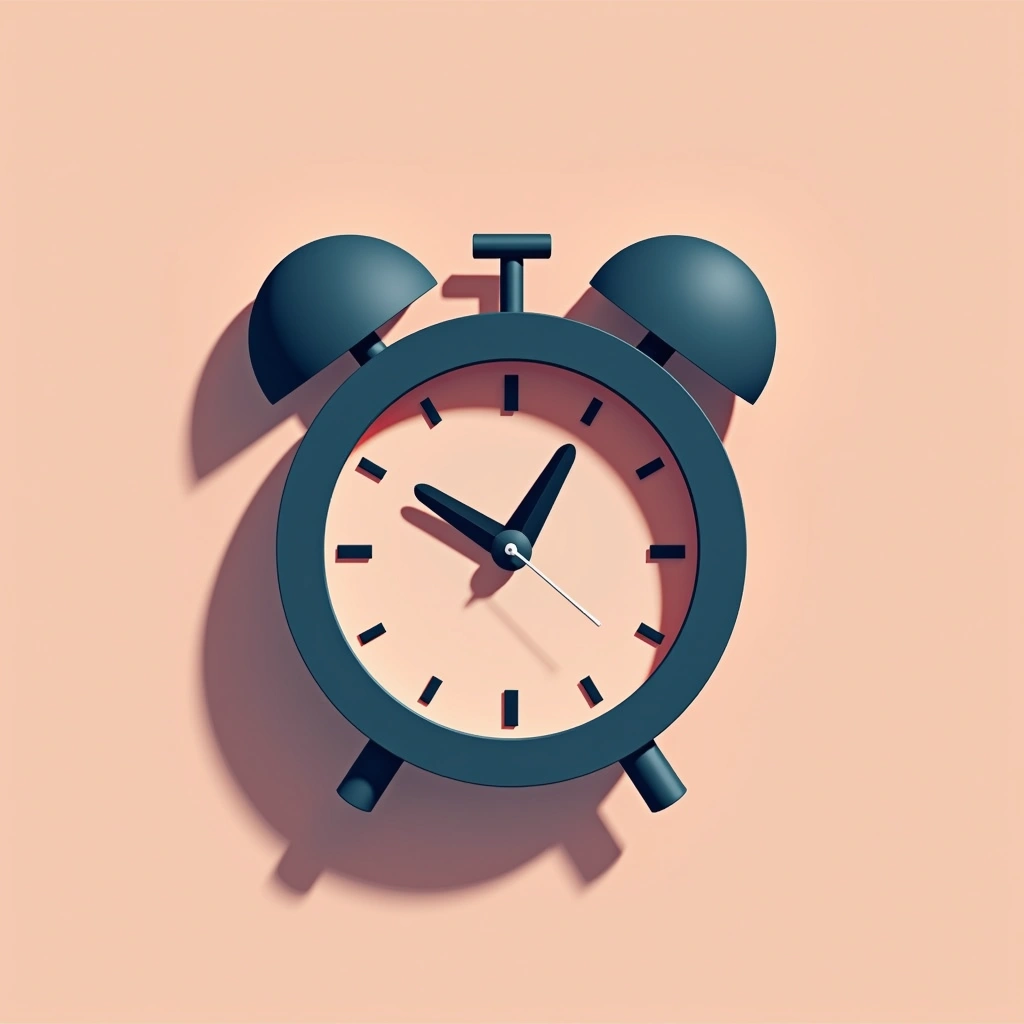
Restrict Daytime Napping
If you nap, limit it to 20-30 minutes and take it before 3 PM. Short, early naps can boost alertness without interfering with nighttime sleep.
Why This Matters
Sleep researchers have found that napping too long or too late in the day decreases sleep pressure – the biological drive to sleep that builds during wakefulness. By keeping naps short and early, you can gain daytime benefits while preserving enough sleep pressure to facilitate falling asleep at night.
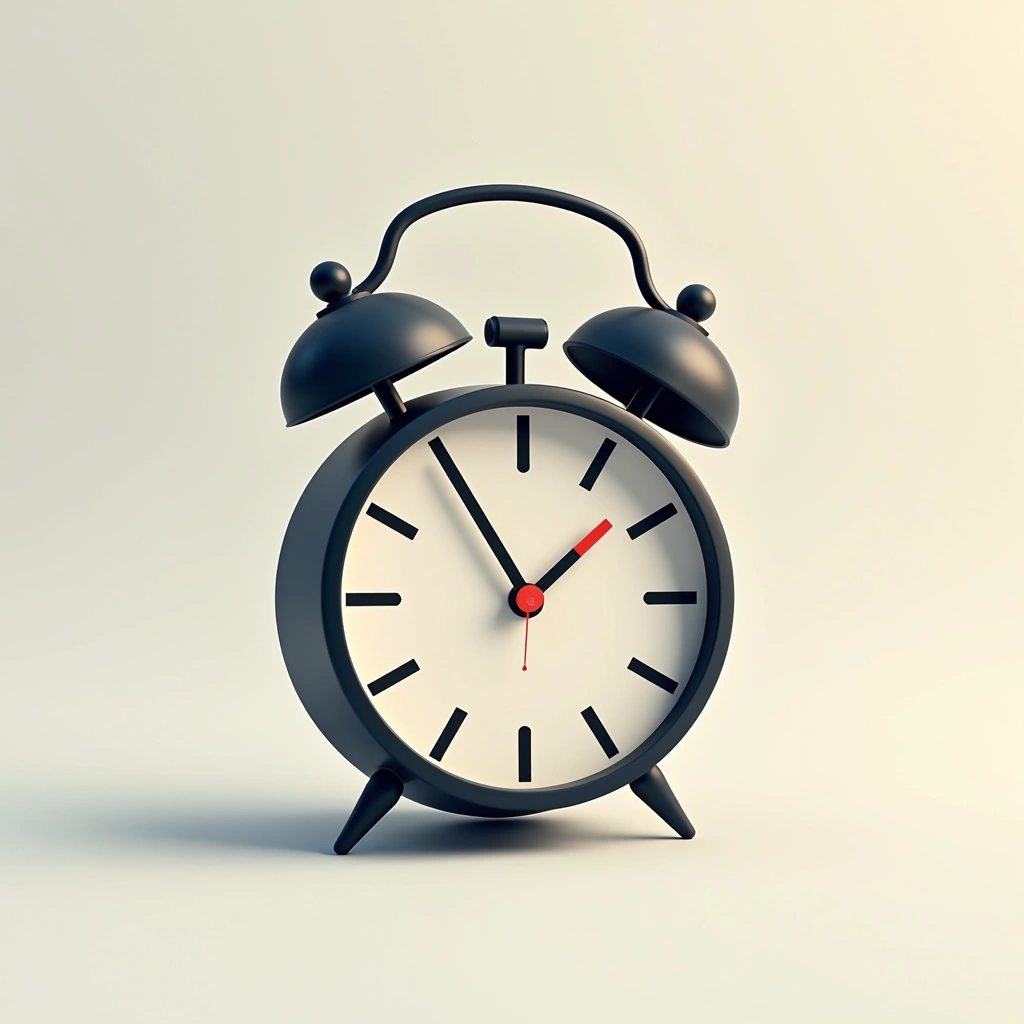
Hide Nighttime Clocks
Turn clock faces away or remove them from your bedroom entirely to avoid clock-watching during nighttime awakenings. Seeing the time typically increases anxiety about sleep, making it harder to fall back asleep.
Why This Matters
Sleep psychologists have identified clock-watching as a key contributor to sleep anxiety, which creates a self-perpetuating cycle of insomnia. By removing time awareness during the night, you eliminate calculations about remaining sleep time and the anxiety these thoughts produce.
Maintain Sleep Journal
Record your sleep patterns, habits, and factors affecting sleep quality for two weeks. This data-driven approach helps identify patterns and triggers affecting your sleep that might otherwise go unnoticed.
Why This Matters
Sleep specialists recommend sleep diaries because they provide objective data about sleep patterns that subjective memory often distorts. By tracking variables like caffeine intake, exercise timing, and sleep duration alongside perceived sleep quality, you can identify specific factors most affecting your sleep.

Choose Sleep-Friendly Snacks
If hungry before bed, opt for a small protein-carbohydrate combination like warm milk or a small banana. These foods contain tryptophan which helps produce serotonin and melatonin, promoting sleep.
Why This Matters
Nutritional scientists have found that small amounts of specific foods can aid sleep through their content of tryptophan, magnesium, and complex carbohydrates. Going to bed hungry can activate stress hormones and make sleep difficult, while the right snack can actually facilitate the biochemical processes of sleep.

Adopt Futon Sleeping
Sleep on a thin mattress placed directly on the floor in the Japanese tradition. This approach may improve posture and circulation while allowing for flexible use of living space.
Why This Matters
The Japanese futon tradition stems from both practical space considerations and health benefits. Sleeping closer to the ground on a firm surface is believed to promote proper spine alignment and better circulation, potentially addressing back problems that softer mattresses might exacerbate.
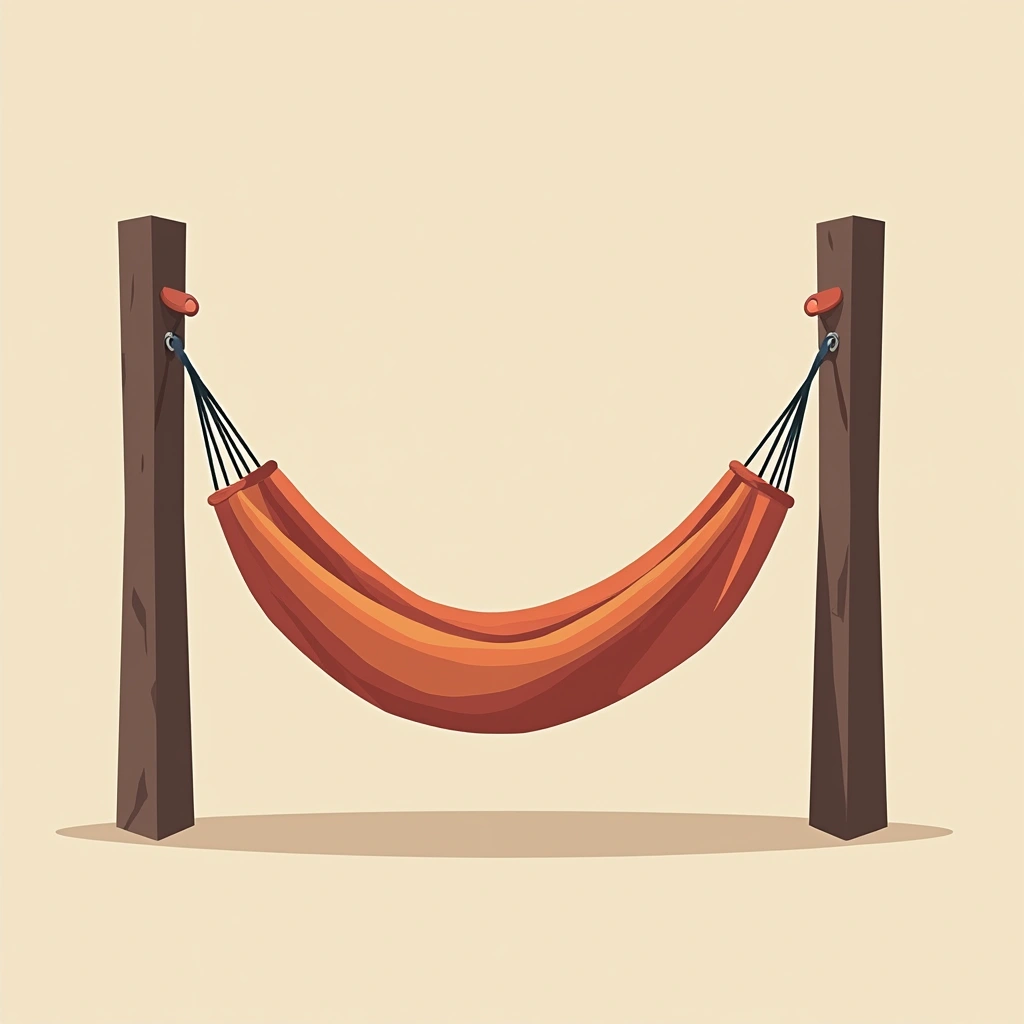
Sleep in Hammock
Use a properly hung hammock for sleeping instead of a conventional bed. The gentle rocking motion and zero pressure points can promote faster sleep onset and deeper rest.
Why This Matters
This traditional sleep method from Latin American and Caribbean cultures has been scientifically studied and shown to produce advantages in sleep quality. The gentle swaying motion synchronizes brain waves, helping people fall asleep faster and achieve deeper sleep states.
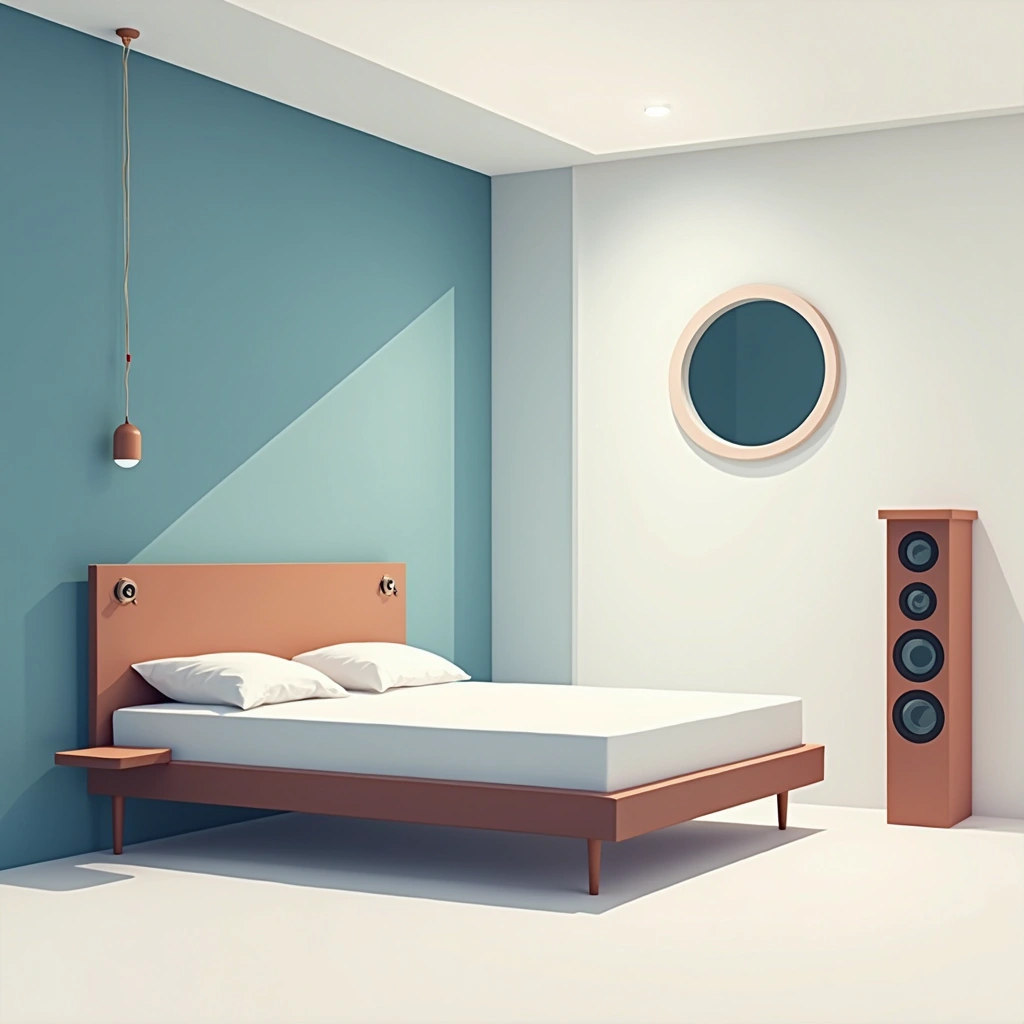
Use Altitude Chamber
Sleep in a specialized high-altitude chamber that simulates conditions of 8,500-9,000 feet elevation. This decreases available oxygen, forcing your body to work harder and produce more red blood cells.
Why This Matters
Olympic champion Michael Phelps used this method to improve his athletic performance by increasing his body's oxygen-carrying capacity. The reduced oxygen environment stimulates erythropoietin production, increasing red blood cell count and enhancing endurance performance even when competing at normal elevations.
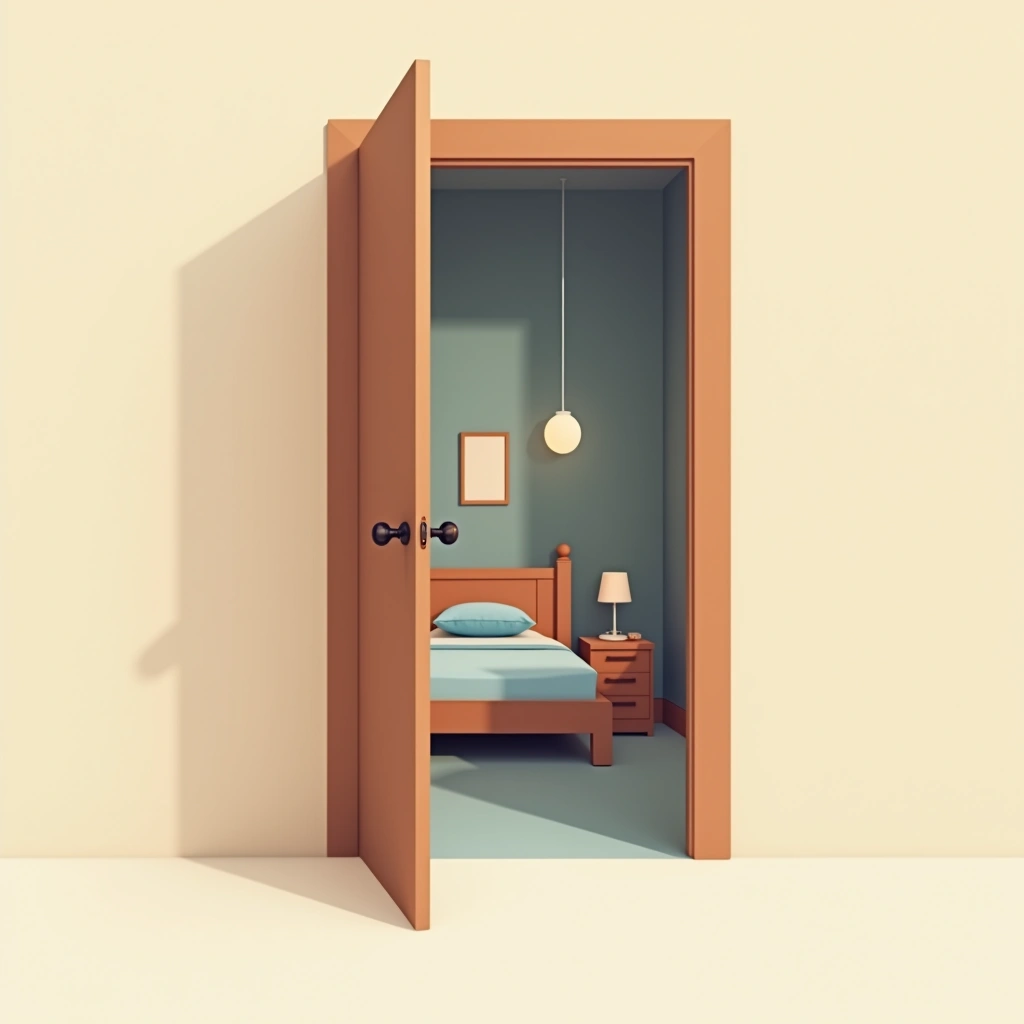
Create Soundproof Sleep Space
Sleep in a specially soundproofed room designed to contain snoring noise. This approach prevents sleep disruption for partners while allowing for undisturbed rest despite snoring issues.
Why This Matters
Actor Tom Cruise reportedly uses a specialized "snoratorium" to address his snoring without disturbing others. This solution addresses both the social aspects of disruptive snoring and prevents the partial awakenings that occur when snorers are roused by their partners during the night.
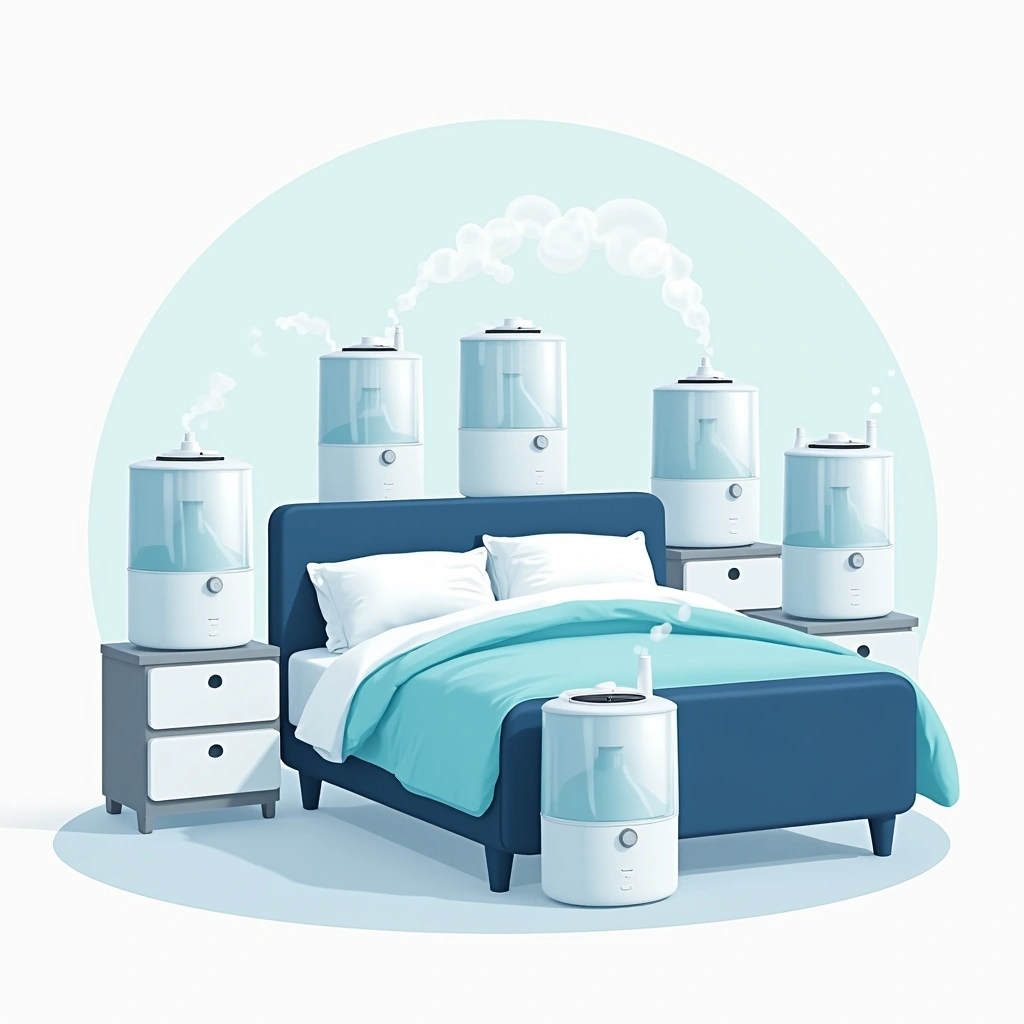
Humidify Sleep Environment
Place multiple humidifiers around your bed to create a steam-room-like sleeping environment. The increased humidity can benefit vocal cords, skin, and respiratory function during sleep.
Why This Matters
Singer Mariah Carey reportedly sleeps with 20 humidifiers surrounding her bed to protect her vocal health. The extreme humidity creates conditions similar to a steam room, which helps keep vocal cords hydrated and may prevent the dryness that can damage her voice during sleep.
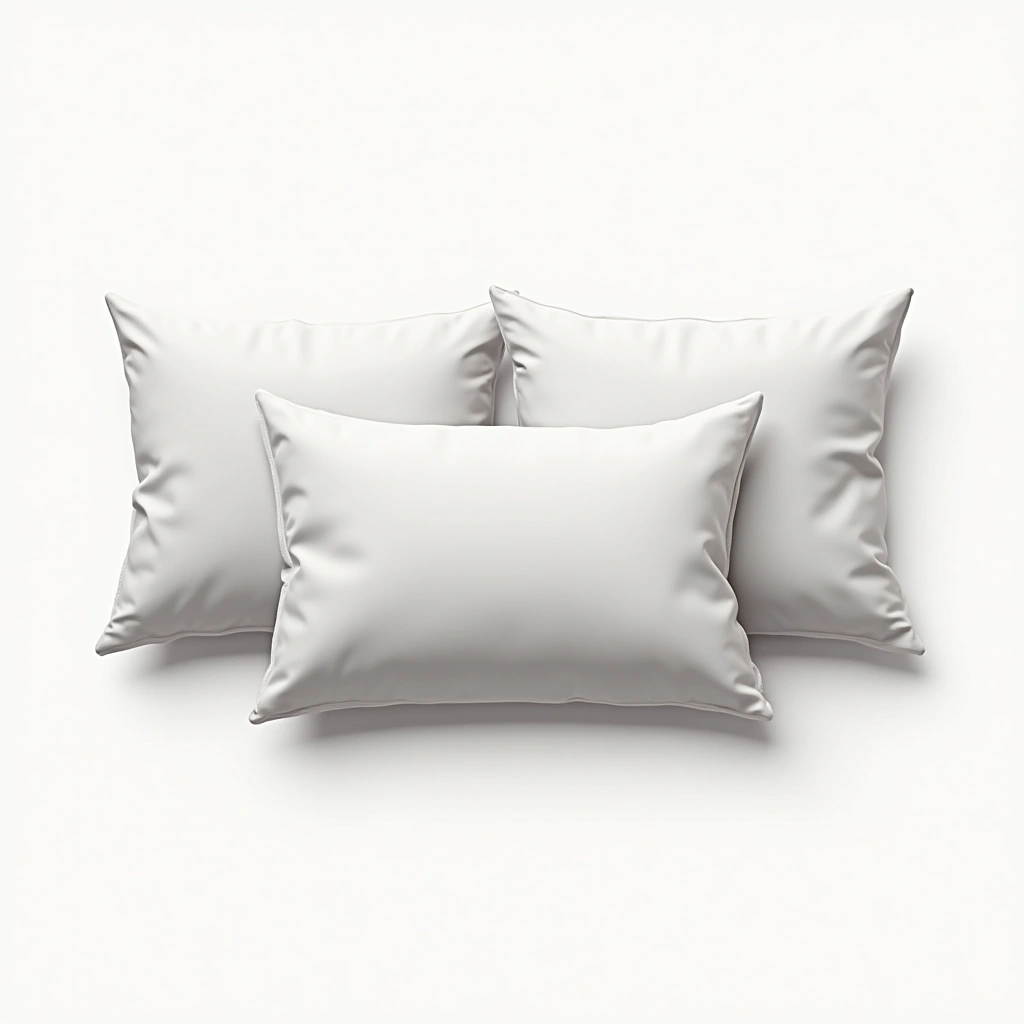
Arrange Pillows Precisely
Position pillows with open sides of pillowcases pointing toward the center of the bed as part of a consistent bedtime ritual. Creating exact sleeping conditions can signal to your brain that it's time for sleep.
Why This Matters
Author Stephen King follows this precise pillow arrangement as part of his sleep ritual. While seemingly arbitrary, consistent bedtime rituals like this create powerful psychological associations that help transition the mind from wakefulness to sleep, potentially helping manage sleep-related anxiety.
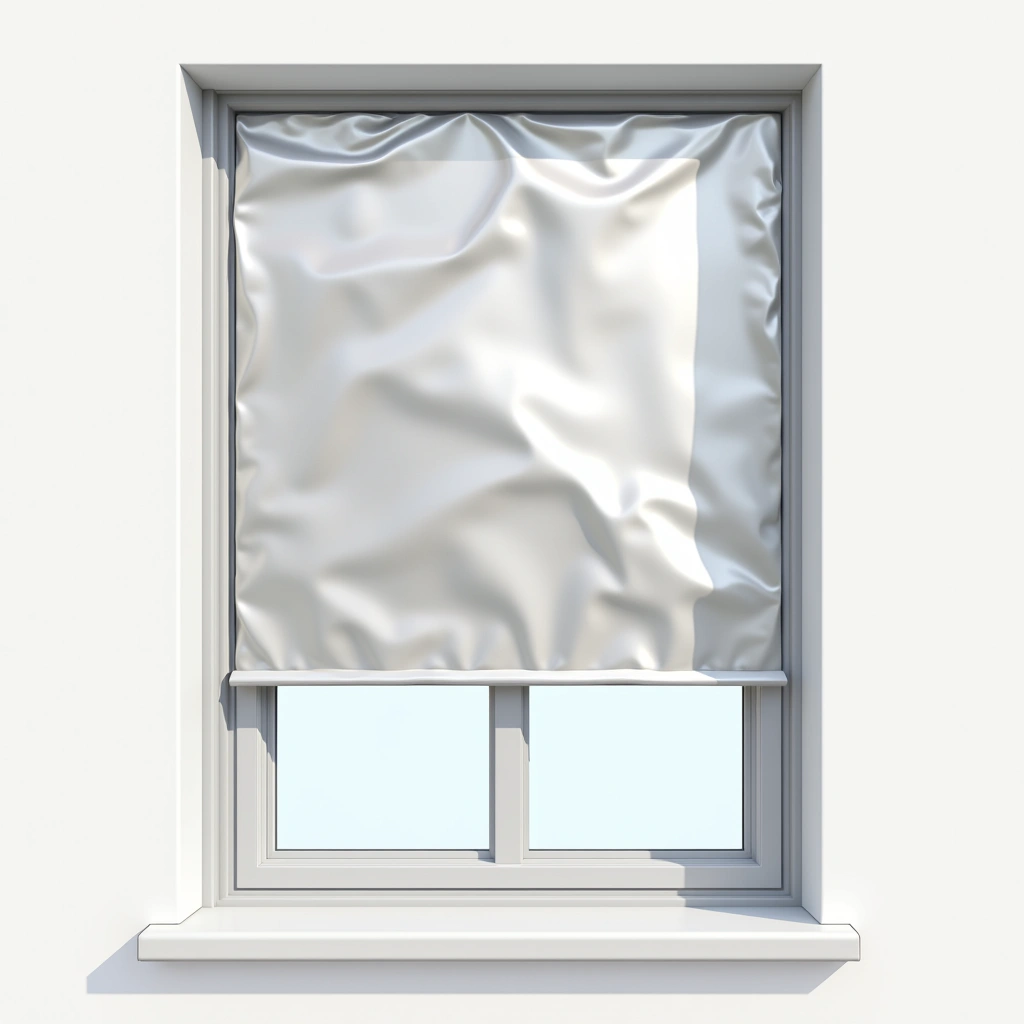
Block Light Completely
Use aluminum foil on windows to create complete darkness in your sleeping environment. This extreme light-blocking method eliminates even the smallest light leaks that might disrupt sleep quality.
Why This Matters
Rapper Eminem reportedly covers his windows with tin foil to create perfect darkness for sleep, especially when traveling between time zones. The complete elimination of light helps maintain proper melatonin production and circadian rhythm regulation, particularly valuable for someone with an irregular travel and performance schedule.

Practice Pre-Sleep Pacing
Walk in circles around a room until feeling sufficiently tired for sleep. This gentle physical activity can induce natural tiredness while providing time for mental unwinding.
Why This Matters
Author Emily Brontë reportedly walked in circles around her dining room table each night to combat insomnia. This practice likely combines the sleep benefits of light physical activity with the meditative aspects of repetitive movement, helping to quiet an active mind and induce physical tiredness.
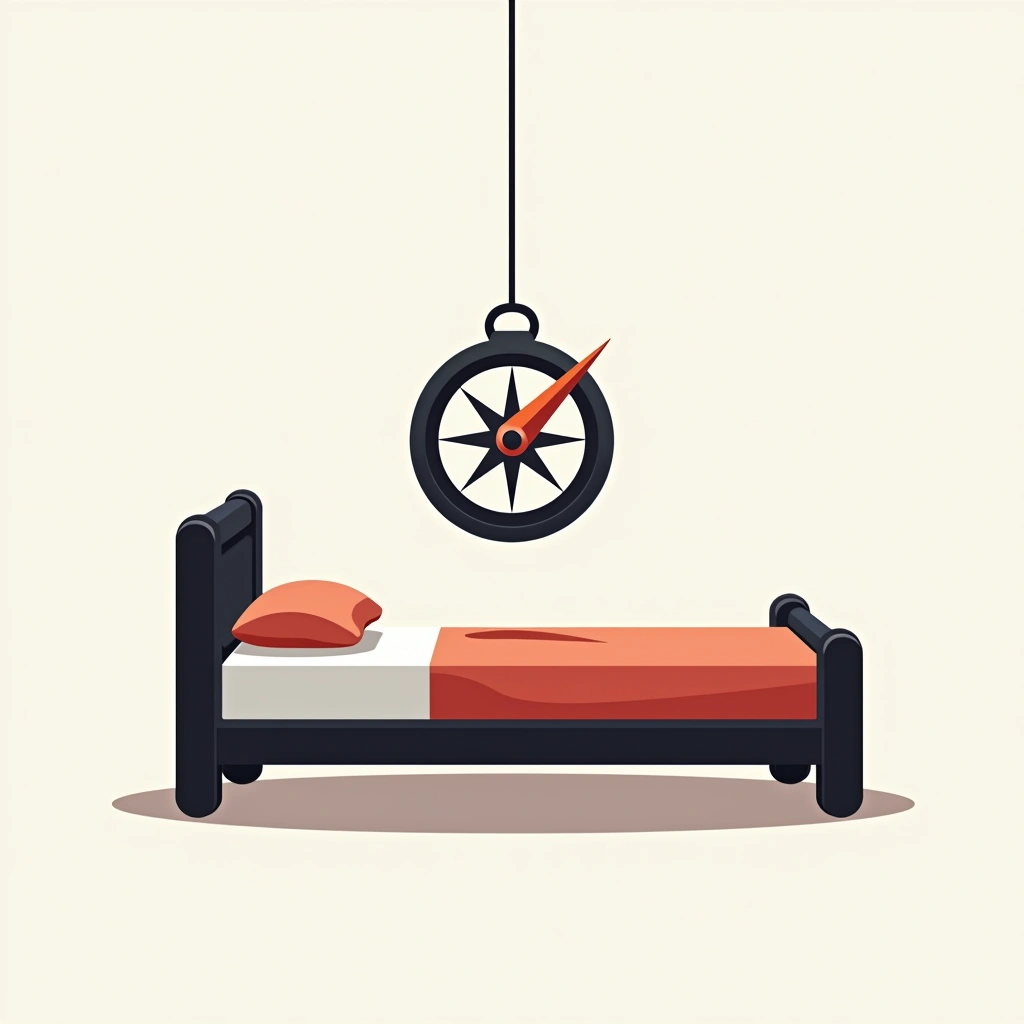
Orient Bed Northward
Position your bed so that you sleep with your head pointing north, and verify direction with a compass if needed. This approach aligns with the Earth's magnetic field, potentially affecting sleep quality.
Why This Matters
Writer Charles Dickens always slept with his body aligned facing north, believing it improved his creativity and sleep quality. While there's limited scientific evidence for this practice, some theories suggest alignment with Earth's magnetic field may influence biological processes, and the ritual aspect likely had psychological benefits for Dickens.
Key Takeaways for Restful Nights
Improving your sleep is achievable by incorporating key principles into your daily life. Here are some essential takeaways to guide you on your journey to better sleep.
- Prioritize Consistency: Establish a regular sleep schedule to reinforce your body's natural sleep-wake cycle.
- Optimize Your Environment: Create a dark, quiet, and cool sleep sanctuary for optimal rest.
- Wind Down Mindfully: Implement a relaxing bedtime routine to signal your body and mind that it's time to sleep.
- Be Mindful of Evening Habits: Limit caffeine, heavy meals, and screen time before bed to avoid sleep disruption.
- Listen to Your Body: Pay attention to your sleep patterns and adjust habits to suit your individual needs.
"Start implementing these takeaways tonight and awaken to a more refreshed and revitalized you!"
